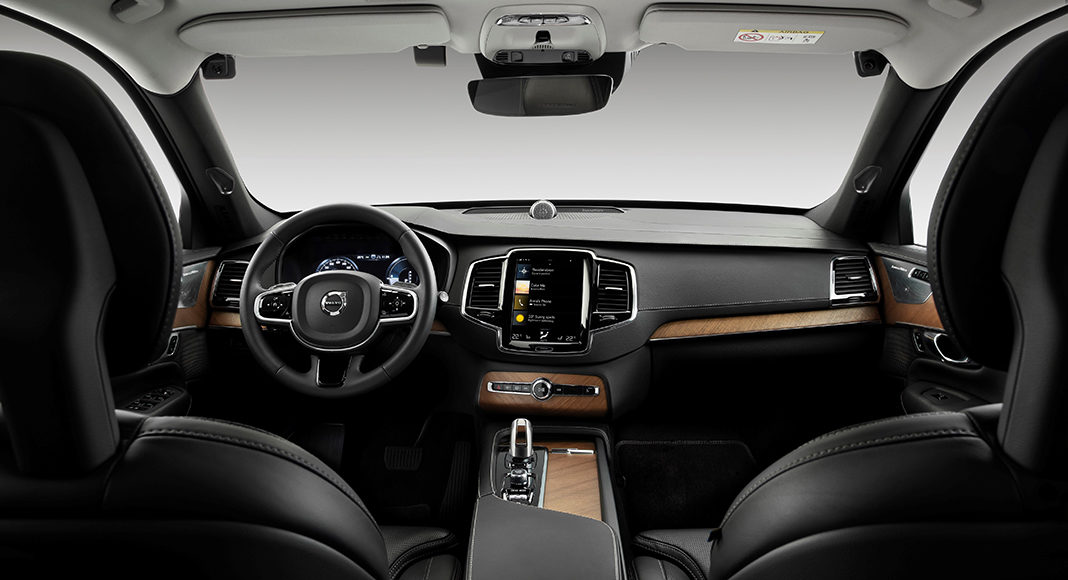Volvo Cars has announced plans to install in-car cameras and other sensors to monitor drivers and intervene when intoxicated or distracted drivers risk causing a collision.
The automaker recently announced plans to introduce a top speed limit in all its cars to address the problem of speed-related fatalities and help achieve its ambition of no fatalities in its cars. Speeding, intoxication and distraction constitute Volvo‚Äôs three main ‚Äúgaps‚ÄĚ towards its vision of a future with zero traffic fatalities.
‚ÄúWhen it comes to safety, our aim is to avoid accidents altogether rather than limit the impact when an accident is imminent and unavoidable,‚ÄĚ said Henrik Green, Senior Vice President, Research & Development at Volvo Cars. ‚ÄúIn this case, cameras will monitor for behaviour that may lead to serious injury or death.‚ÄĚ
Examples of such behaviour include a complete lack of steering input for extended periods of time, drivers who are detected to have their eyes closed or off the road for extended periods of time, as well as extreme weaving across lanes or excessively slow reaction times.
A driver monitoring system would allow the car to actively make decisions in order to help avoid collisions that could result in severe injuries or death.
The vehicles’ intervention could involve limiting the car’s speed, alerting the Volvo on Call assistance service and, as a final course of action, actively slowing down and safely parking the car.
‚ÄúThere are many accidents that occur as a result of intoxicated drivers,‚ÄĚ says Trent Victor, Professor of Driver Behaviour at Volvo Cars. ‚ÄúSome people still believe that they can drive after having had a drink, and that this will not affect their capabilities. We want to ensure that people are not put in danger as a result of intoxication.‚ÄĚ
Introduction of the cameras on all Volvo models will start on the next generation of Volvo’s scalable SPA2 vehicle platform in the early 2020s.
Volvo says it wants to start a conversation about whether car makers have the right, or even the obligation, to install technology in cars that changes their drivers’ behaviour.



















